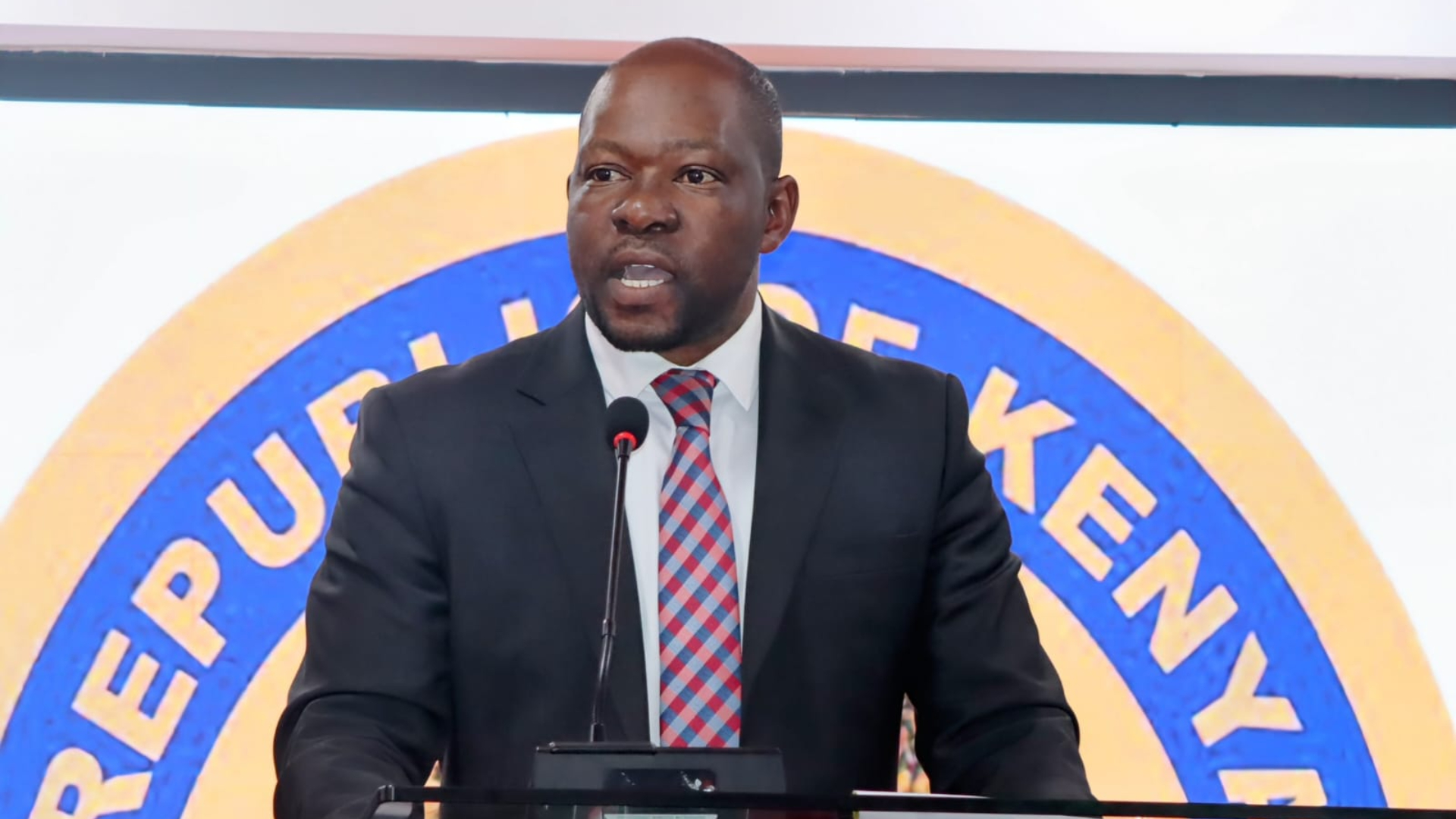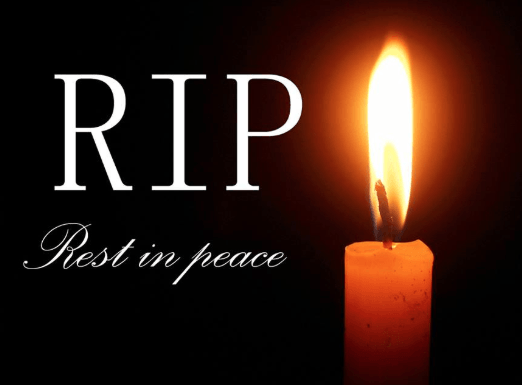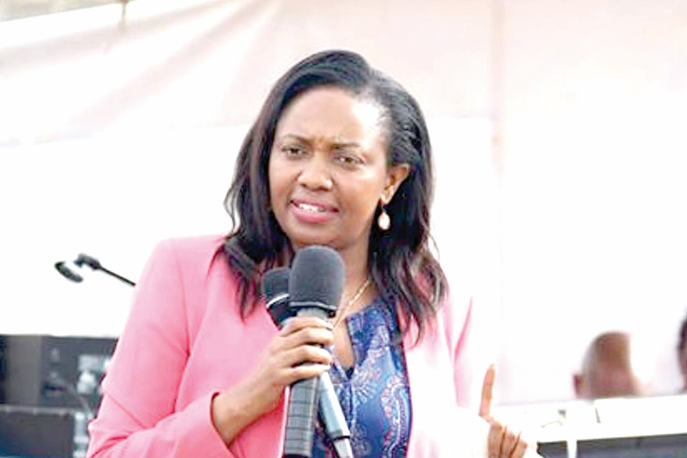Amisi calls out CA’s ban on broadcasting of ongoing protests

Saboti MP Caleb Amisi has criticised the Communications Authority of Kenya (CAK) following its controversial directive banning live coverage of the ongoing Gen Z memorial protests across the country.
In a strongly worded message shared on his official X account on Wednesday, June 25, 2025, Amisi said the government’s move to silence the media was a dangerous path towards dictatorship.
He questioned why international media could cover war zones live while Kenyan media were being stopped from broadcasting peaceful protests.
Amisi insisted that media freedom and the public’s right to information, both protected by the Constitution, must be respected.
“Directing media houses to stop live coverage is the beginning of anarchy. If missiles from Iran to Israel are covered live, should expired orange teargas from Moi Avenue to Kenyatta Avenue? Media freedom and the right to information as enshrined in the constitution must be respected,” Amisi declared.
CA’s directive
This comes after the Communications Authority sent a formal directive to all licensed TV and radio broadcasters, ordering them to immediately cease any live airing of the nationwide demonstrations.
The authority claimed the broadcasts were in violation of Articles 33(2) and 34(1) of the Constitution and Section 461 of the Kenya Information and Communications Act, 1998.
The directive, signed by CA Director General David Mugonyi, warned that failure to comply would lead to regulatory actions, including fines, suspension, or possible cancellation of broadcasting licences.
“This is therefore to direct all television and radio stations to stop any live coverage of the demonstrations forthwith,” the statement signed by Director General David Mugonyi read.
Adding;
“Failure to abide by this directive will result in regulatory action as stipulated in the Kenya Information and Communications Act, 1998. The Authority looks forward to your continued cooperation,” CAK noted.
The ban was issued on the same day protests reached a fever pitch in Nairobi, Mombasa, Kisumu, and other towns. The demonstrations, led largely by Gen Z youth, began as a push for transparency and good governance, but have grown into a larger movement calling out deep-seated systemic issues in government.
In Nairobi’s Central Business District, large crowds of demonstrators dressed in black and waving Kenyan flags marched through the streets. They chanted messages demanding justice, reform, and accountability.
Political leaders, including Embakasi East MP Babu Owino and former Chief Justice David Maraga, were seen among the protestors, adding more weight and visibility to the growing movement.
However, tension escalated quickly when police responded with tear gas to disperse the crowds. One of the tear gas canisters reportedly hit a medical camp near Jamia Mosque, forcing medics and injured protesters to flee.
Videos shared on social media captured chaotic scenes as well as emotional moments of unity and defiance.
Citizens are using social media platforms to document the events, share updates, and livestream footage from different parts of the country. Hashtags related to the protests trended globally as the world took notice.










